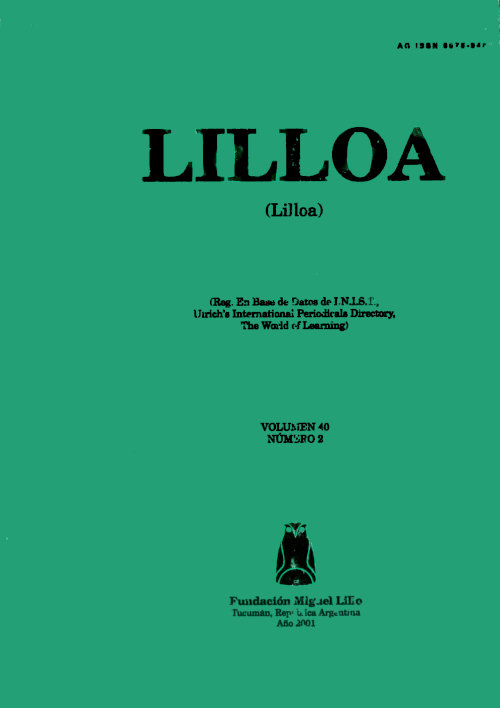Qualitative study of phytoplankton in the Rio Hondo reservoir (Argentina). II
Keywords:
Phytoplankton, species richness, pollution, reservoirAbstract
Superficial phytoplankton of the limnetic area and outlets of the rivers Sali and Gastona, Rio Hondo reservoir (Argentina), has been sampled at sugar pre-harvest and harvest periods in 1994-1995. A total of 112 species, varieties and forms was determined. These belong to Cyanophyceae (13), Chlorophyceae (28), Zygophyceae (13), Bacillariophyceae (43), Euglenophyceae (14) and Dinophyceae (1). Also, 53 taxa found for the first time in the reservoir have been described.
Specific richness was affected by sugar industry with a decrease of the species number at the river outlets during harvesting months. The limnetic area did not show important fluctuations, attributable to its buffering capacity to the industrial impact.
The genus Uva is recorded for the first time in Tucumán, besides 13 species, 5 varieties and 1 form.






